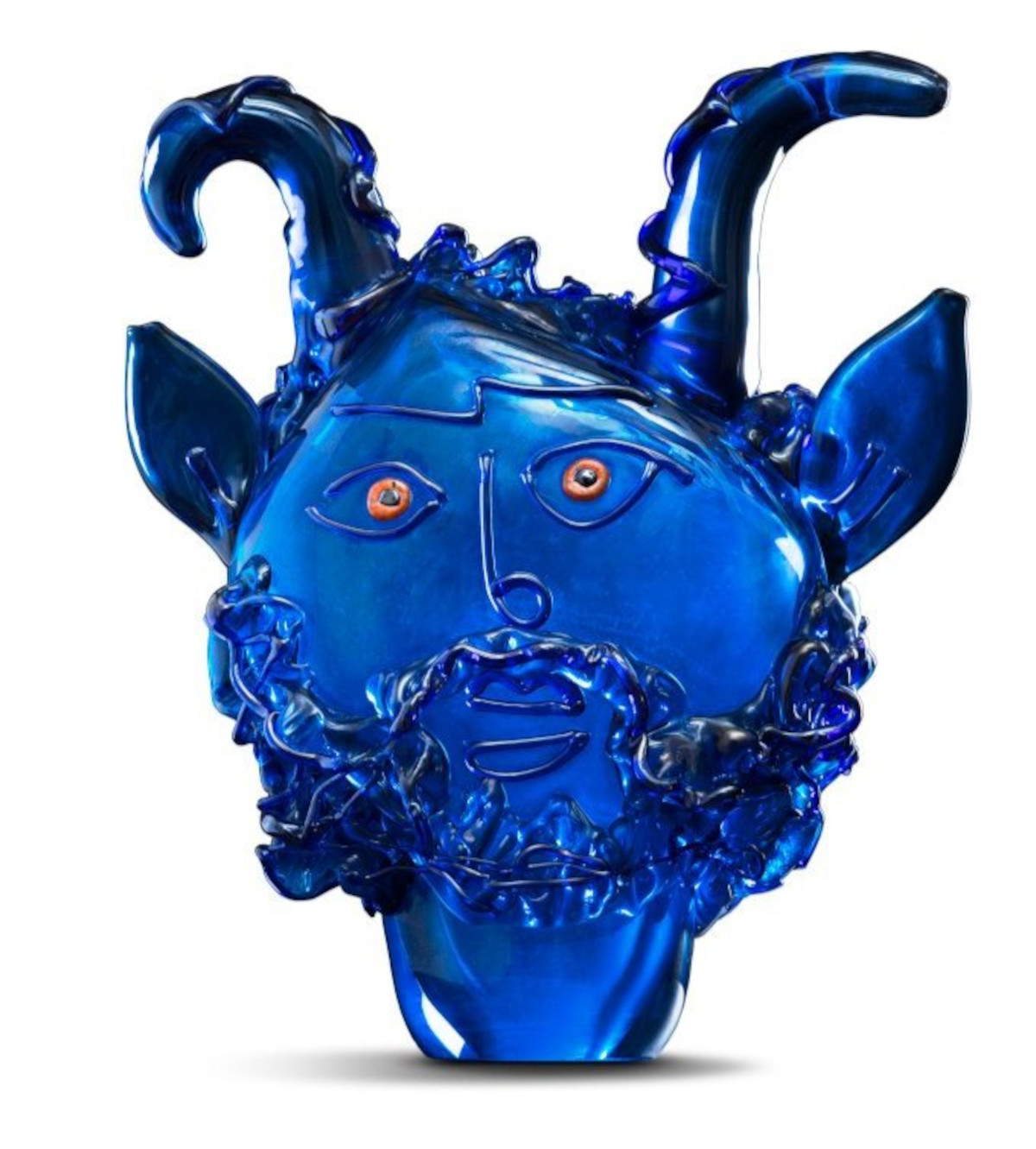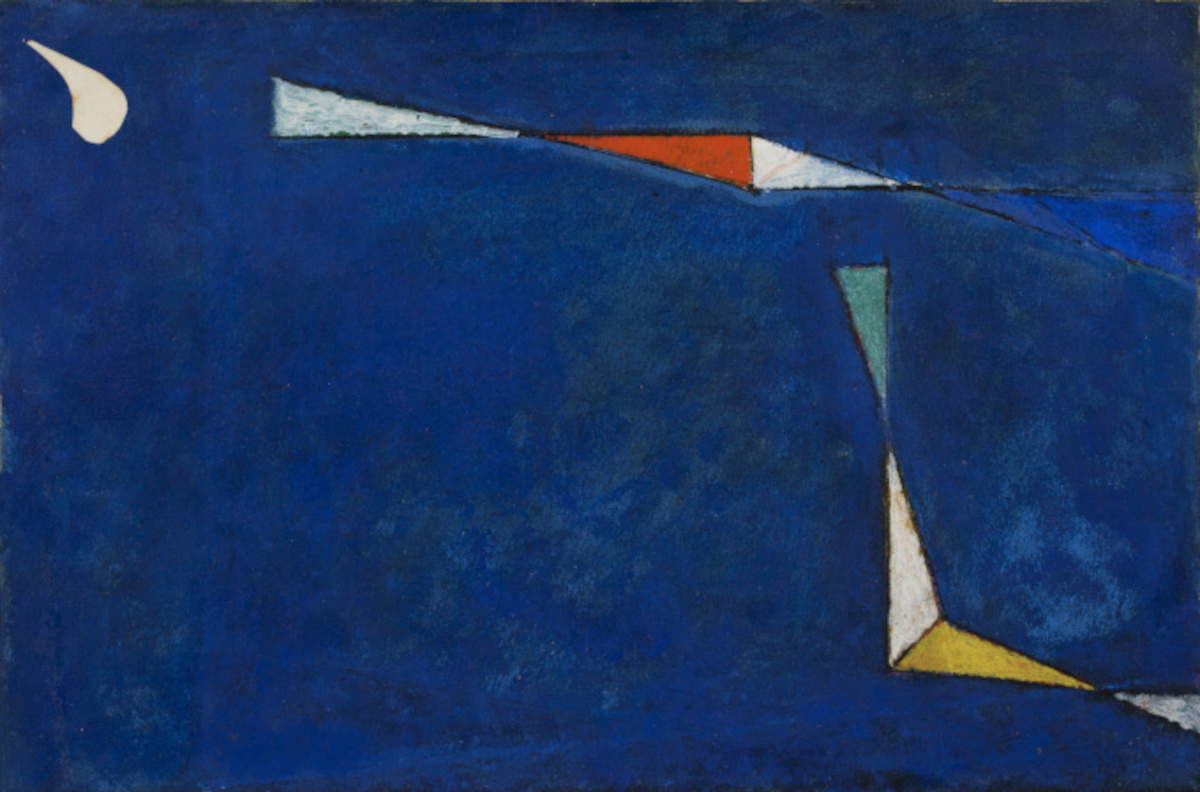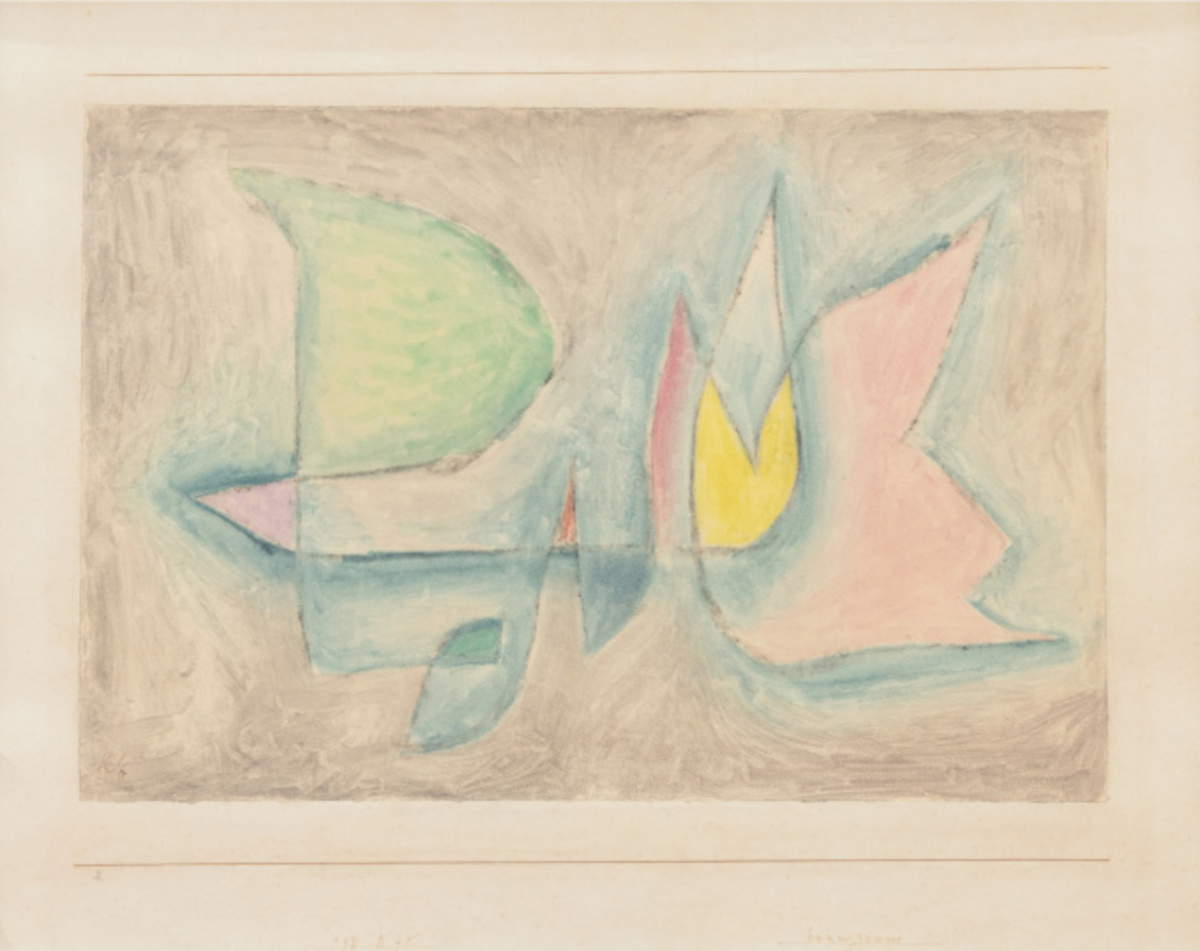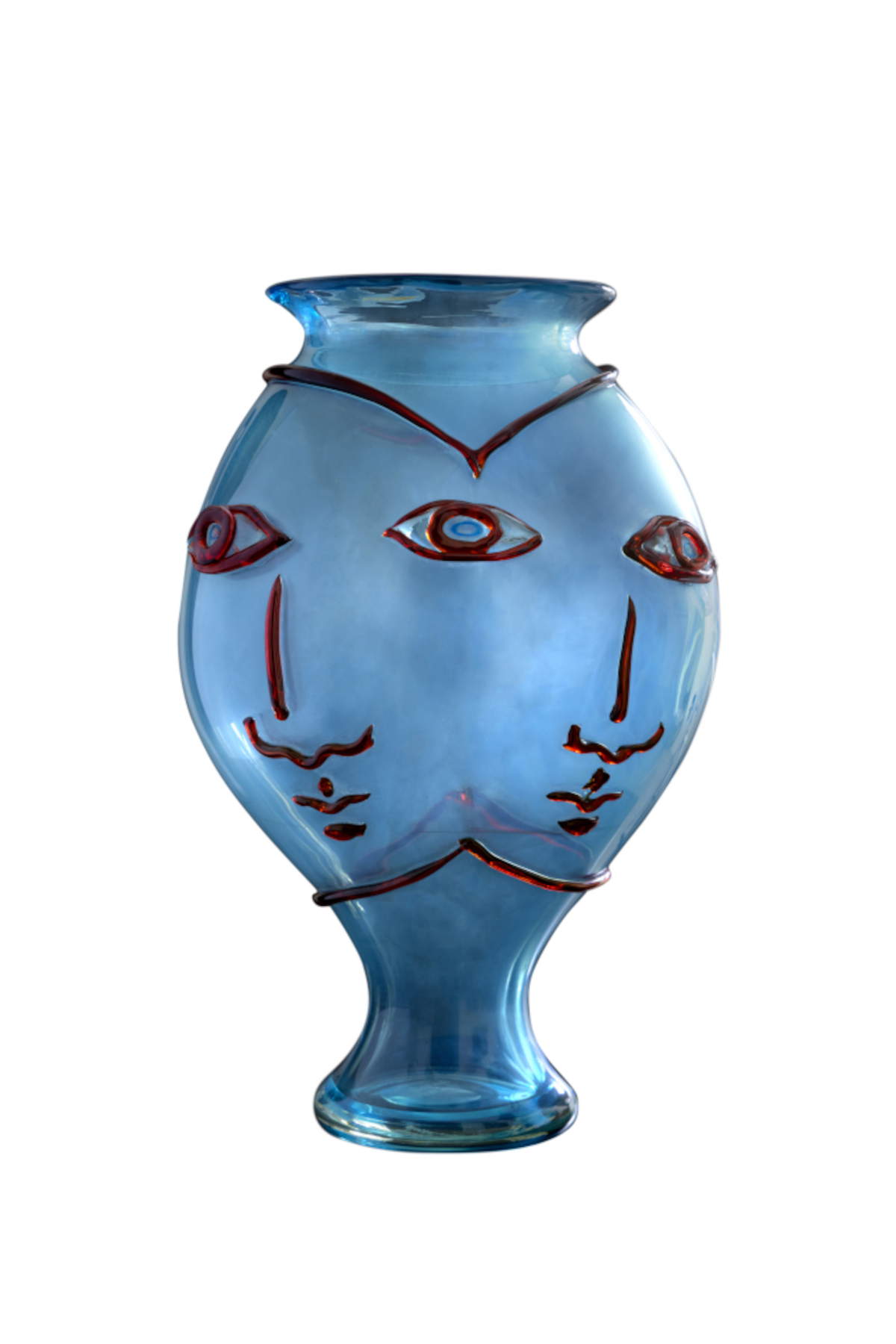From Aug. 1, 2025 to Jan. 11, 2026, the “Gian Giacomo Galletti” Civic Museums, inside Palazzo San Francesco in Domodossola, will host the major exhibition Fuori dai confini della realtà. Between Klee, Chagall and Picasso, conceived and curated by Antonio D’Amico, with the collaboration of Stefano Papetti and Federico Troletti, promoted by the Municipality of Domodossola together with the Angela Paola Ruminelli Foundation, produced by the Bagatti Valsecchi Museum in Milan, with the patronage of the Piedmont Region and the support of Findomo S.r.l.
The exhibition aims to celebrate twentieth-century art that breaks the mould of rationality through works by great masters such as Pablo Picasso, Osvaldo Licini, Fausto Melotti, Paul Klee, Marc Chagall and Gastone Novelli. The exhibition project offers an artistic survey of the years between the two world wars up to the 1960s, presenting a selection of pictorial and applied arts works. The common thread is the search for a spiritual and liberating dimension that goes beyond the concreteness of the visible and the imposition of logic.
The initiative is part of the fifth edition of the Italian-Swiss exhibition, scheduled from September 13 to 22, 2025, in Domodossola. Thanks to its strategic location, the town has always been a key crossroads for exchanges between Italians and foreigners, maintaining over time its key role in trade and cultural relations with the surrounding valleys.
The border between Italy and Switzerland has always been a fertile space for comparison and interaction between artists, including Klee, Chagall, Picasso, Melotti, Licini and Novelli. On the one hand, the richness of the Italian cultural heritage, on the other the Swiss avant-garde and experimental spirit: two poles that have given rise to prolific collaborations and a creative dialogue that has profoundly influenced the collective imagination.
Paul Klee, born near Bern to a German father and Swiss mother, perfectly embodies the cultural link between the two countries, with art influenced by his Swiss upbringing. Marc Chagall, though from Russia, also left an important mark in Switzerland with the creation of five stained glass windows in the Fraumünster church in Zurich, evidence of his deep connection with the area. Picasso, for his part, drew inspiration from the Italian Renaissance, thus nurturing a new vision of art. The experiences of these artists were fertile ground for the development of revolutionary currents such as Dadaism and abstraction.
The title of the exhibition alludes to the desire of these artists to liberate the image from its everyday meanings, bringing it back to an original essence. In a historical period shot through with profound tensions, their visual languages draw on the European tradition, but at the same time open up to new horizons, challenging rationality.


Prominent among the works on display are Fausto Melotti’s experimental ceramics, such as Untitled, The Centaur and two versions of Children in glazed ceramic, made after World War II. Alongside him are glass and ceramic works by Pablo Picasso-including The Ferret and The Satyr-that show his extraordinary ability to transform materials to explore imaginary worlds. Among the glass works, Jean Cocteu’s only work, Three Eyes (1956), also deserves special attention.
Paul Klee ’s watercolor Baumgruppe (1931) and two works by Chagall: Violin Player and Composition au cirque (1976-77) complete the itinerary. By Osvaldo Licini Rebel Angel (1954), Amalassunta. hand foot (1954) and some works from the Notturni series (1956) will be presented. Gastone Novelli, on the other hand, will be present with works that highlight his research on a symbolic and fantastic language, the distinctive feature of a profoundly conceptual painting.
This exhibition thus aims to recount the birth of new forms of expression in the 20th century, hovering between dream, imagination and fantasy, with particular attention to the role played by artists active between Italy and Switzerland. However, it is not limited to a retrospective look: the intent is also to question how the visionary power of these works can continue to influence contemporary culture and our perception of the world.
Accompanying the exhibition is a catalog published by Silvana Editoriale.
Hours: Through Aug. 31, 2025, Wednesday through Sunday from 10 a.m. to 1 p.m. and 3 p.m. to 6 p.m. From Sept. 1 to Oct. 1, 2025, Thursday through Sunday from 10 a.m. to 1 p.m. and 3 p.m. to 6 p.m. From Oct. 2, 2025, Thursday through Sunday from 10 a.m. to 12 p.m. and 3 p.m. to 6 p.m.


 |
| In Domodossola, works by Klee, Chagall, Picasso and Licini explore the 20th century beyond the patterns of rationality |
Warning: the translation into English of the original Italian article was created using automatic tools. We undertake to review all articles, but we do not guarantee the total absence of inaccuracies in the translation due to the program. You can find the original by clicking on the ITA button. If you find any mistake,please contact us.